Shopping for a new TV should be simple — but there are so many things to consider, so knowing where to start can be challenging. And with so many new gadgets and shiny features, narrowing down your choices seems impossible, or is it?
It doesn't have to be a never-ending puzzle riddled with frustrations. You just have to ask yourself a few key questions! By figuring out what you're looking for before you start shopping, you'll go into the process informed and ready to buy!
So, what questions should you be asking? Take a look!
1. How big do I need my TV?
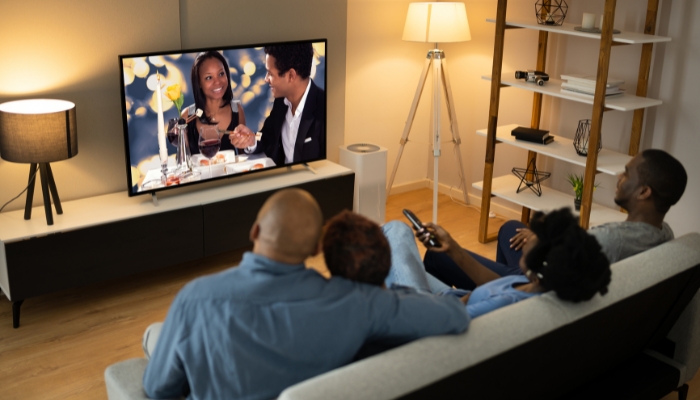
When choosing your TV size, the phrases "one size fits all" or "bigger is always better" don't always apply. A TV that's too large can overpower a small room, while one that's too small won't do justice to that blockbuster experience you crave.
So, it's best to decide on the size based on the room size and the viewing distance! The recommended viewing distance is about 1.5 times the size of your screen. So, measure your space and pick a size that's a comfortable fit!
2. Which TV resolution do I need?
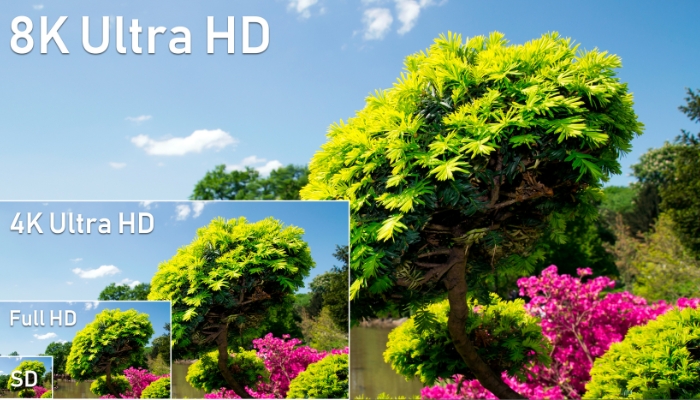
Resolution refers to the sharpness of the picture, determined by the number of pixels displayed. So, the more pixels there are, the more details you can see. But as you shop, you'll see the tags like HD, 4K, and 8K. Is there much of a difference between them? Yes!
- HD (High Definition): The long-standing standard, offering decent image quality.
- 4K (Ultra High Definition): Four times the pixel count of HD, providing crisper, more detailed images.
- 8K: has four times the pixels of 4K, but the lack of 8K content and the higher price tag makes it a luxury most of us can postpone.
3. What should my budget be?
Budgeting isn't the most thrilling part of shopping for a new TV, but it's an essential step. Prices can vary significantly depending on the features you want and the size. You'll find that higher-end models may offer advanced smart features, better picture quality, more HDMI ports, and larger screens, so if these are options you want, you'll need a larger budget.
But if you only want the essentials and don't mind a moderate 40-inch screen or smaller, you won't need to budget for so long. In any case, decide what matters most to you, and balance that with your budgetary needs!
4. What refresh rate should I look for?
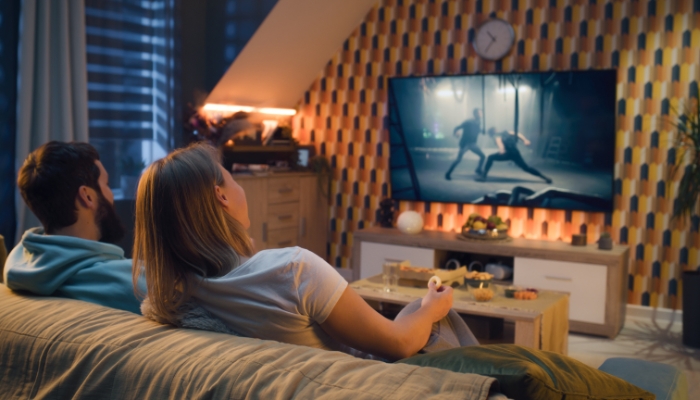
The refresh rate of a TV describes how many times per second the picture on the screen is updated. A higher refresh rate (measured in Hertz or Hz) means smoother motion, which is especially important when watching fast-paced action scenes or sports. Most TVs offer a standard refresh rate of 60Hz, but for those extra-intense car chases, you might want a model with a higher refresh rate of 120Hz or more.
However, some manufacturers will have a confusing spec called "Motion Rate" or something similar. Think of this as a "fake" refresh rate; it uses motion-smoothing technology to make the picture appear smoother. The motion rate is often twice or even four times the actual refresh rate, so keep that in mind while you shop!
Note: A motion rate of 240 Hz typically equals a refresh rate of 120 Hz, while a motion rate of 120 Hz equals a refresh rate of 60 Hz.
5. Should I shop online?
Online shopping offers the convenience of comparing different models from the comfort of your own home. You can also browse customer reviews to get real-world insights into a TV's performance. Plus, who doesn't love shopping in their pajamas?
6. Which TV type do I need?
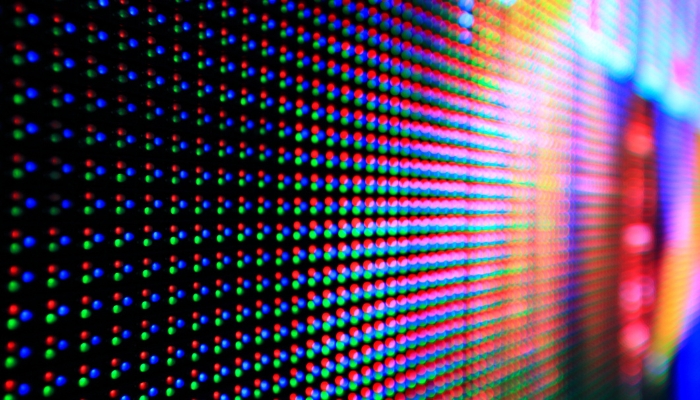
TV screens come in different types, each with its pros and cons. While LCD and LED TVs are the most common, offering good picture quality for a reasonable price, OLED and QLED TVs use different technologies to produce an even clearer picture.
- LCD (Liquid Crystal Display) uses light-emitting diodes and pixels filled with liquid crystals to produce a clear picture, but they use fluorescent lamps to provide backlighting.
- LED (Light Emitting Diode) use LED lamps to backlight the screen and feature dynamic or local dimming to make the screen visible even during dark scenes.
- OLED (Organic Light Emitting Diodes) use organic compounds that light up when electricity is applied. This allows each pixel to be controlled individually, resulting in excellent contrast and colors.
- QLED (Quantum Dot Light Emitting Diodes) uses quantum dot technology to add another "rail" of different-sized nanocrystal dots on a backlight to produce a boarder range of colors and brightness.
7. Do I need smart features?
Many new TVs come with smart features that can enhance your viewing experience. These include built-in streaming apps, voice control, and compatibility with other smart home devices. Most new TVs will offer some smart features, but if you don't plan on using the built-in apps because you have a separate streaming device, you don't have to focus on those particular features.
Bonus: What about the audio quality?
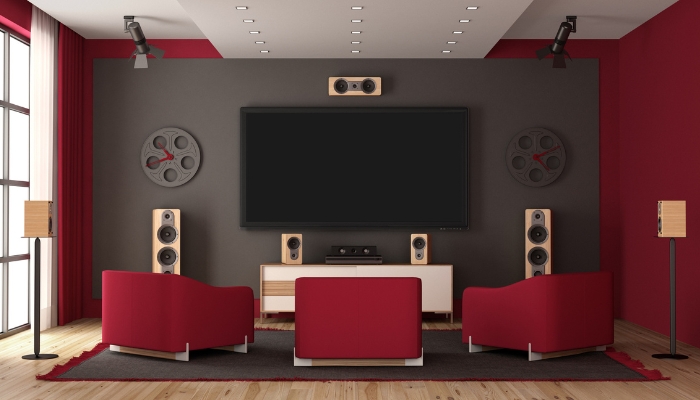
Naturally, a good picture deserves good sound. But, while many TVs come with decent built-in speakers, they're often thin because of the display size, so they don't have as much power as separate speakers do. That said, you might want to consider a sound bar or a home theater system for a more immersive audio experience (or to hear the dialogue without subtitles every time!).
And if you make sure the speakers feature Dolby Atmos to enhance your audio experience with a 3D soundscape!
What questions did we miss?
There you have it — the critical points to ponder while shopping for a new TV. Remember, the best TV for you is one that fits your personal needs and preferences, your space, and your budget. So, if you're ready to shop, our TV selection at Toton’s TV features the brand names and technology that'll suit your needs!
But if you're left with more questions, don't hesitate to give us a call or stop by. After all, our aim is to help you find the perfect TV for your cozy movie nights and thrilling game days!